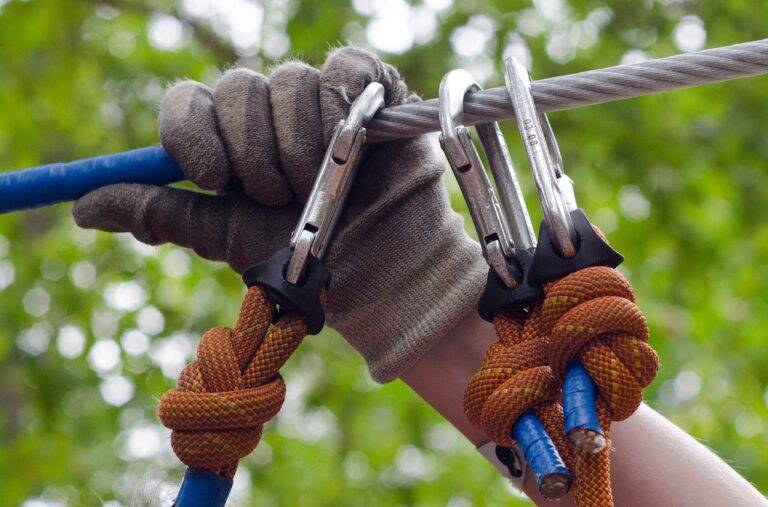Exploring Iconic Bridges and Aqueducts: A Journey Through Time
From ancient Roman aqueducts to modern marvels like the Golden Gate Bridge, bridges have played a crucial role in connecting people and facilitating transportation. The evolution of bridge engineering has led to the construction of diverse structures spanning rivers, valleys, and even oceans, showcasing human ingenuity and innovation throughout history.
One of the earliest known bridges is the Arkadiko Bridge in Greece, dating back to the 13th century BC. This ancient Mycenaean bridge demonstrates early engineering techniques and highlights the importance of bridging physical barriers for the progress of civilizations. Over the centuries, bridges have evolved in design, materials, and construction methods, reflecting advancements in technology and the growing need for efficient transportation networks.
Famous Aqueducts Around the World
Roman aqueducts are some of the most famous in the world, showcasing impressive engineering feats that have stood the test of time. The Pont du Gard in France, built in the 1st century AD, is a striking example of Roman ingenuity, with its three tiers of arches spanning the Gardon River.
Moving eastward, the Segovia Aqueduct in Spain is another iconic structure that has wowed visitors for centuries. Dating back to the late 1st century AD, this aqueduct features double-tiered arches made of granite blocks, demonstrating the mastery of Roman construction techniques.
What is an aqueduct?
An aqueduct is a bridge-like structure that is designed to transport water from one location to another.
What is the purpose of an aqueduct?
Aqueducts were used in ancient times to transport water from a water source to a city or town for drinking water, irrigation, and other water-related needs.
What are some famous aqueducts around the world?
Some famous aqueducts include the Pont du Gard in France, the Segovia Aqueduct in Spain, the Roman Aqueduct of Segovia in Turkey, and the Aqua Claudia in Italy.
How were aqueducts built?
Aqueducts were typically built using a combination of arches and channels to transport water over long distances. They were often constructed using stones, bricks, and other materials to create a stable structure.
Are aqueducts still used today?
While many ancient aqueducts are no longer in use, some modern aqueducts are still used to transport water in regions where water scarcity is an issue. These modern aqueducts are often built using more advanced materials and technology.





